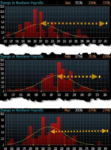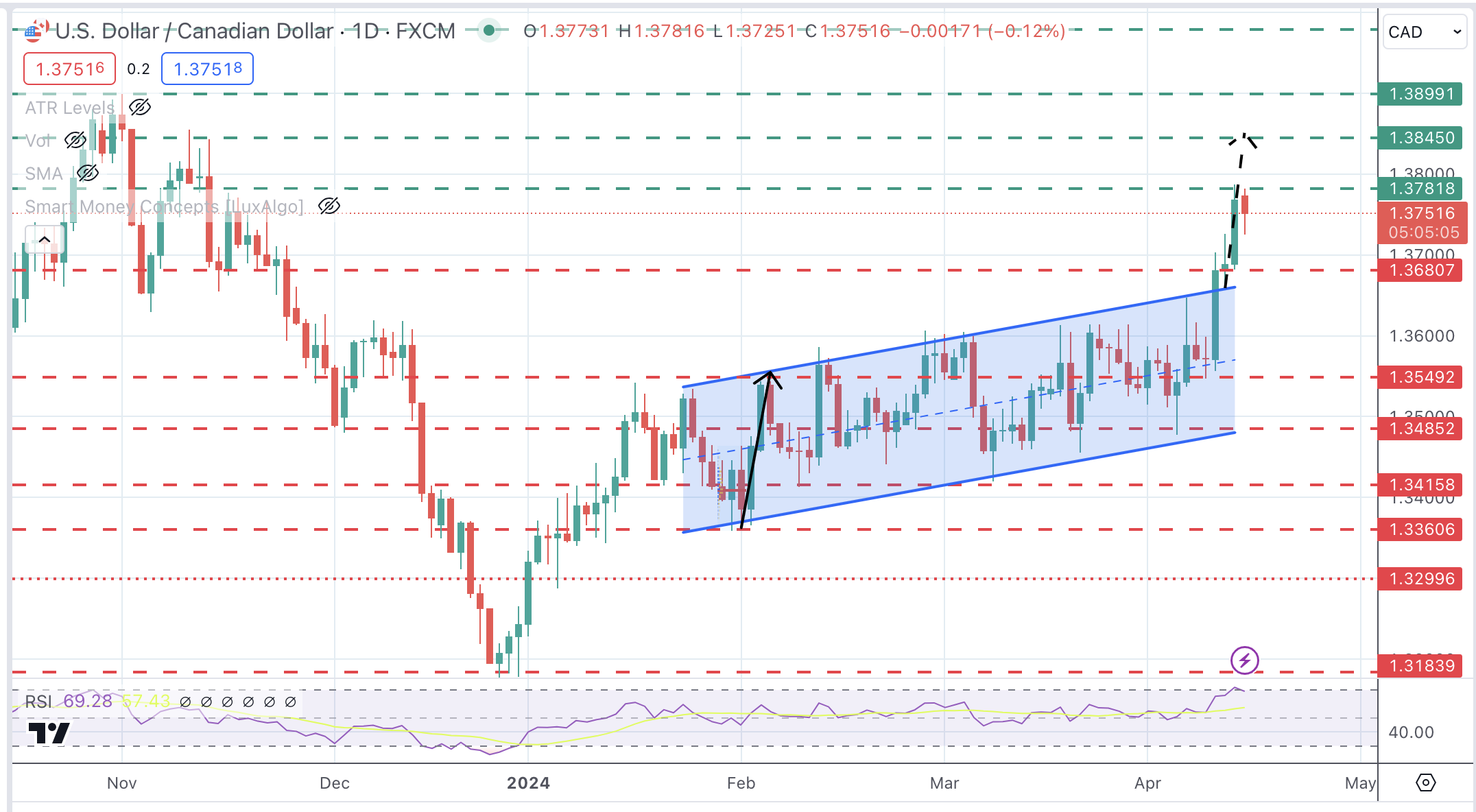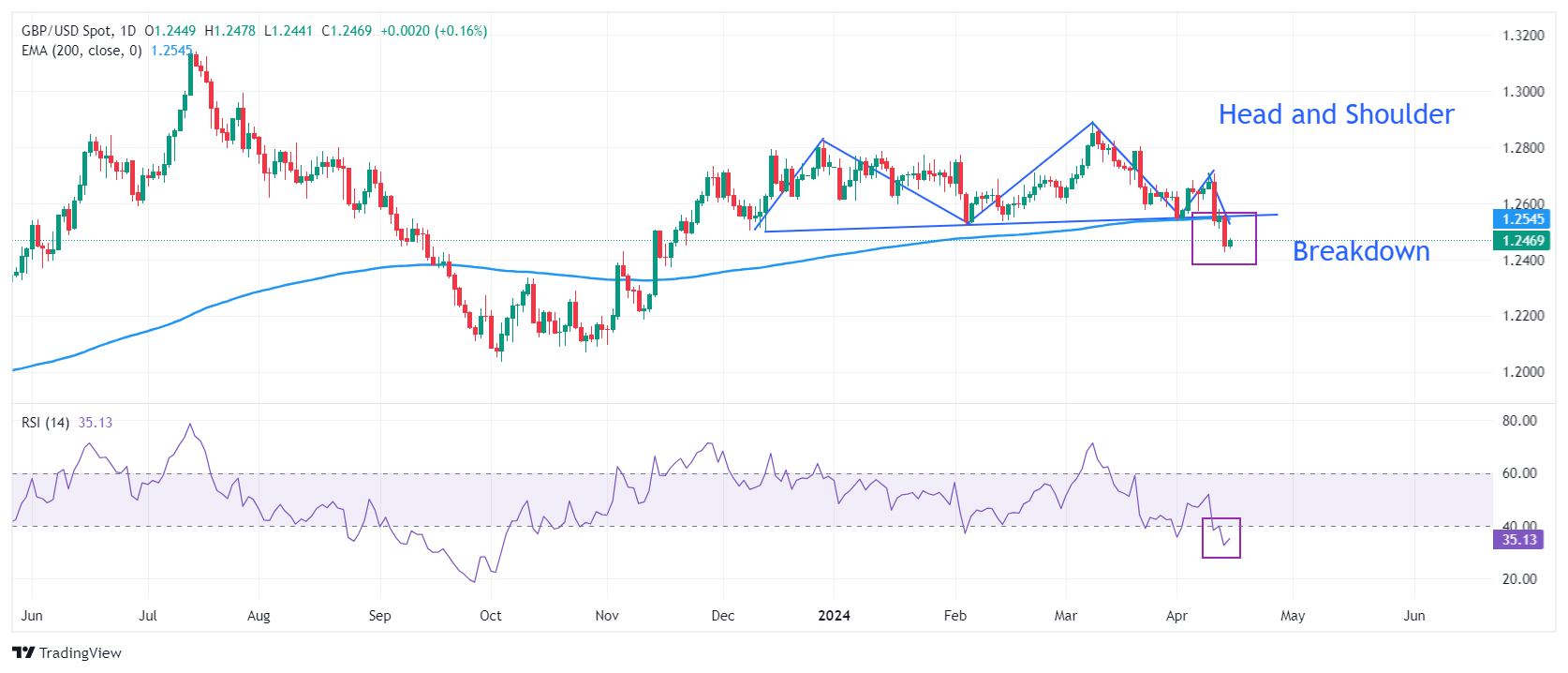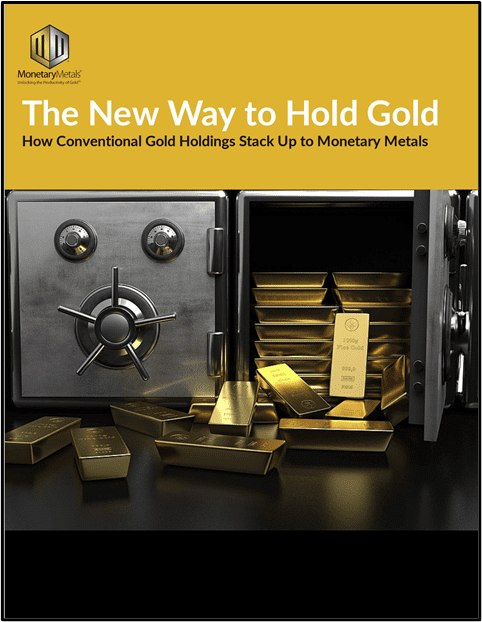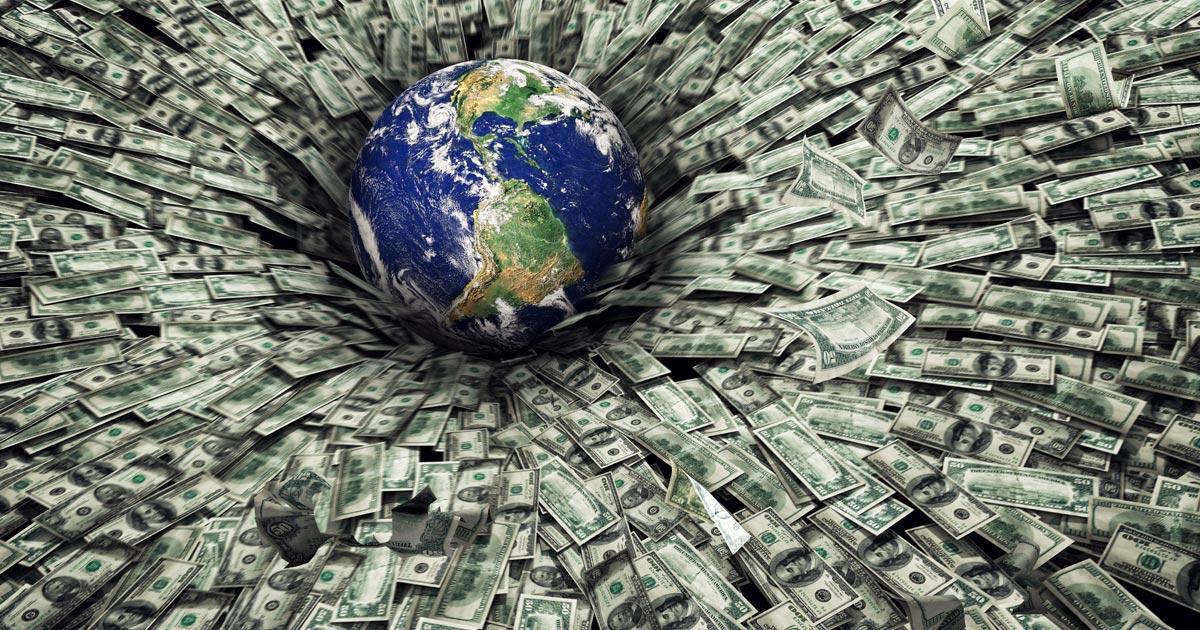 According to the National Bureau of Economic Research (NBER), the institution that dates the peaks and troughs of the business cycles:
According to the National Bureau of Economic Research (NBER), the institution that dates the peaks and troughs of the business cycles:
A recession is a significant decline in economic activity spread across the economy, lasting more than a few months, normally visible in real GDP [gross domestic product], real income, employment, industrial production, and wholesale-retail sales. A recession begins just after the economy reaches a peak of activity and ends as the economy reaches its trough.
In the view of the NBER dating committee, because a recession influences the economy broadly and is not confined to one sector, it makes sense to pay attention to a broad measure of aggregate economic activity, which is real GDP. The NBER dating committee views real GDP as the single best measure of aggregate economic activity.
On the back of the NBER’s much more general definition, the financial press as a shortcut introduced the popular definition of a recession as two consecutive quarters of a decline in real GDP. By following the two-quarters-decline-in-real-GDP rule, economists don’t need to wait for the final verdict of the NBER, which often can take many months after the recession has occurred.
Regardless of whether one adopts the broader definition of the NBER or the abbreviated version, these definitions fail to do the job. After all, the purpose of a definition is to establish the essence of the subject of the investigation. Both the NBER and the popular definition do not provide an explanation of what a recession is all about. Instead, they describe the various manifestations of a recession.
By stating that a recession is about a decline in real GDP for several or more months, one only describes and does not explain what a recession is. Now, economic activity is declining during a recession. What one wants to know is why it is declining. To explain a phenomenon, one needs to trace the primary causes that gave rise to it.
Another problem with both the abbreviated and the NBER definitions is that recession is defined in terms of real gross domestic product (GDP), which supposedly mirrors the total amount of final real goods and services produced.
To calculate a total, several things must be added together. To add things together, they must have some unit in common. However, it is not possible to add refrigerators to cars and shirts to obtain the total amount of final goods. Since total real output cannot be defined in a meaningful way, obviously it cannot be quantified. To overcome this problem, economists employ total monetary expenditure on goods, which they divide by an average price of those goods. However, is the calculation of an average price possible?
Suppose two transactions are conducted. In the first transaction, one TV set is exchanged for $1,000. In the second transaction, one shirt is exchanged for $40. The price or the rate of exchange in the first transaction is $1000/TV set. The price in the second transaction is $40/shirt. To calculate the average price, we must add these two ratios and divide them by 2. However, $1000/TV set cannot be added to $40/shirt, implying that it is not possible to establish an average price.
On this Murray N. Rothbard wrote:
Thus, any concept of average price level involves adding or multiplying quantities of completely different units of goods, such as butter, hats, sugar, etc., and is therefore meaningless and illegitimate.
Now, once a recession is assessed in terms of real GDP it is not surprising that the central bank appears to be able to counter the recessionary effects that emerge. For instance, by pushing more money into the economy the central bank’s actions would appear to be effective since real GDP would show a positive response to this pumping after a short time lag. (Remember that changes in real GDP reflect changes in money supply). Observe that once the economy is expressed through GDP the central bank would appear to be able to navigate the economy (i.e., GDP) by means of a suitable monetary policy mix.
What Causes Recurrent Boom-Bust Cycles?
In a free, unhampered market, we could envisage that the economy would be subject to various shocks, but it is difficult to envisage a phenomenon of recurrent boom-bust cycles.
According to Rothbard:
Before the Industrial Revolution in approximately the late 18th century, there were no regularly recurring booms and depressions. There would be a sudden economic crisis whenever some king made war or confiscated the property of his subjects; but there was no sign of the peculiarly modern phenomena of general and fairly regular swings in business fortunes, of expansions and contractions.
The boom-bust cycle phenomenon is somehow linked to the modern world. However, what is the link? Careful examination would reveal that the link is in fact the modern banking system, which is coordinated by the central bank. The source of recessions turns out to be the alleged “protector” of the economy—the central bank itself.
Further investigation would show that the phenomenon of recessions is not about the weakness of the economy as such but about the liquidation of various activities that sprang up on the back of the loose monetary policies of the central bank. Here is why.
A loose central bank monetary policy sets in motion an exchange of nothing for something, which amounts to a diversion of wealth from wealth-generating activities to non-wealth-generating activities. In the process, this diversion weakens wealth generators, and this in turn weakens their ability to grow the overall pool of wealth.
Once the central bank tightens its monetary stance, this slows down the diversion of wealth from wealth producers to non–wealth producers. Activities that emerged on the back of the previous loose monetary policy are now getting less support from the money supply—they fall into trouble and an economic bust or recession emerges.
Irrespective of how big and strong an economy is, a tighter monetary stance is going to undermine various uneconomic or bubble activities that sprang up on the back of the previous loose monetary policy. This means that recessions or economic busts have nothing to do with the so-called strength of an economy, improved productivity, or better inventory management by companies.
For instance, because of a loose monetary stance on the part of the Fed various activities emerge to accommodate the demand for goods and services of the first receivers of newly injected money. Now, even if these activities are well managed and maintain very efficient inventory control, this fact cannot be of much help once the central bank reverses its loose monetary stance. Again, these activities are the product of the loose monetary stance of the central bank. Once the stance is reversed, regardless of efficient inventory management, these activities will come under pressure and run the risk of being liquidated.
From what was said we can conclude that recessions are the liquidations of economic activities that came into being because of the loose monetary policy of the central bank. The recessionary process is set in motion when the central bank reverses its earlier loose stance.
We have established that recessions are about the liquidations of unproductive or bubble activities, but why they are recurrent? The reason for this is the central bank’s ongoing policies that are aimed at fixing the consequences that arise from its earlier attempts at stabilizing the so-called economy—i.e., real GDP.
Because of the time lags from changes in money to changes in prices and changes in real GDP, the central bank is forced to respond to the effects of its own previous monetary policies. These responses to the effects of past policies give rise to the fluctuations in the growth rate of the money supply and in turn to recurrent boom-bust cycles.
Conclusion
Contrary to popular thinking, recessions are not about negative growth in GDP for at least two consecutive quarters.
Recessions, which are set in motion by a tight monetary stance of the central bank, are about the liquidations of activities that sprang up on the back of the previous loose monetary policies. Rather than paying attention to the so-called strength of real GDP to ascertain where the economy is heading, it will be more helpful to pay attention to the growth rate of the money supply.
By following the growth rate of the money supply, one can ascertain the pace of damage to the economy that central bank policies inflict. Thus, the increase in the growth momentum of money should mean that the pace of wealth destruction is intensifying. Conversely, a fall in the growth momentum of money should mean that the pace of wealth destruction is weakening.
Full story here Are you the author? Previous post See more for Next postTags: Featured,newsletter












